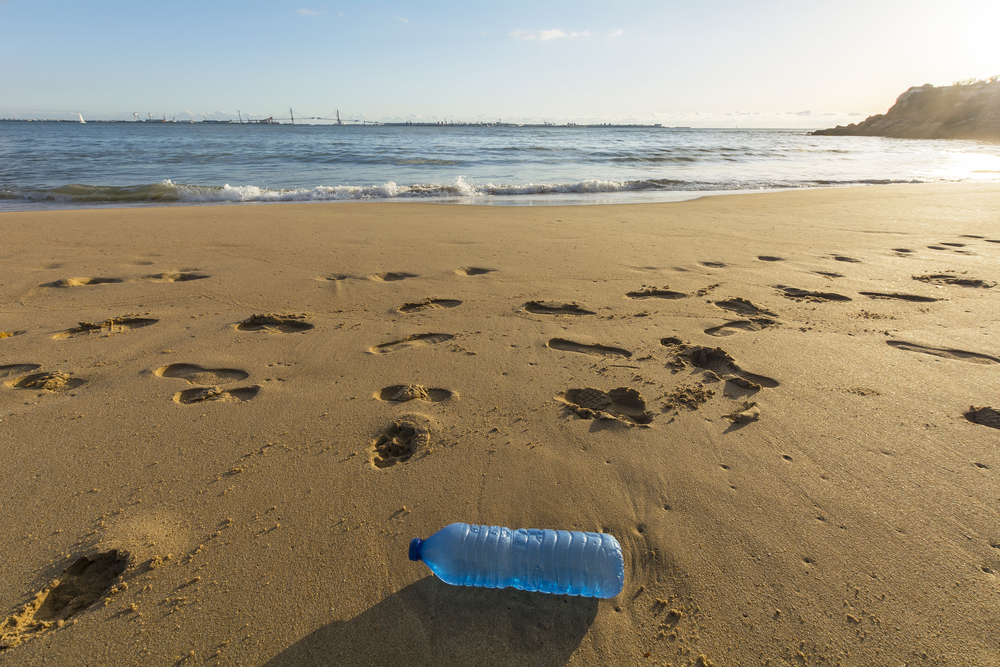Ocean Clean Up Continues in Hawaii
After gathering more than a third of a million pounds of oceanborne waste from Hawaii shores, one marine waste cleanup program will continue its work for a third year.
The Hawaii Nei Marine Debris Removal Program, a collaboration between the Hawaii Wildlife Fund and nonprofit conservation organizations Pulama Lanai and the Surfrider Foundation, announced last week that it has removed 369,393 pounds of marine waste from beaches across the state over the past two years.
Of the more than 167 metric tons of seaborne waste collected during the program’s lifespan, 28 percent was taken from the shores of the Big Island, while the majority — 68 percent — was taken from Kauai shores. Waste on Maui and Lanai shores accounted for 3 and 1 percent, respectively.
Mattie Mae Larson, cleanup coordinator for the Hawaii Wildlife Fund, said the Wildlife Fund manages the program’s beach cleanups on the Big Island and Maui. She said the vast majority of the waste the Fund extracts is from the Big Island, and 90 percent of that majority is found on the island’s southern shores from Kamilo Bay to Papakolea Beach, where currents trap large amounts of oceanborne flotsam and jetsam.
More than half of the waste retrieved by the program consisted of massed nets, ropes and fishing line, which form floating webs of trash that can accumulate more waste, choke sea life and can weigh hundreds or even thousands of pounds.
While removing waste from beaches is a necessary task, Larson said it is a “semi-solution” at best, and treats the symptoms, not the cause of marine waste.
“Honestly, we’re frustrated by just cleaning up,” Larson said, explaining that the program has begun conducting surveys during its cleanups, categorizing every single piece of debris collected, allowing people to determine which products are the most prevalent polluters in the oceans.
Meanwhile, much of the waste — an estimated 44 percent — collected by the program has been spared from the state’s landfills. Nets can be burned for energy on Oahu, while other pieces of waste has been repurposed for artwork.
Larson said the program hopes to build on its ongoing success in the coming year, thanks to a new one-ton truck custom-built for hauling net masses from shores, as well as its extensive volunteer network.

